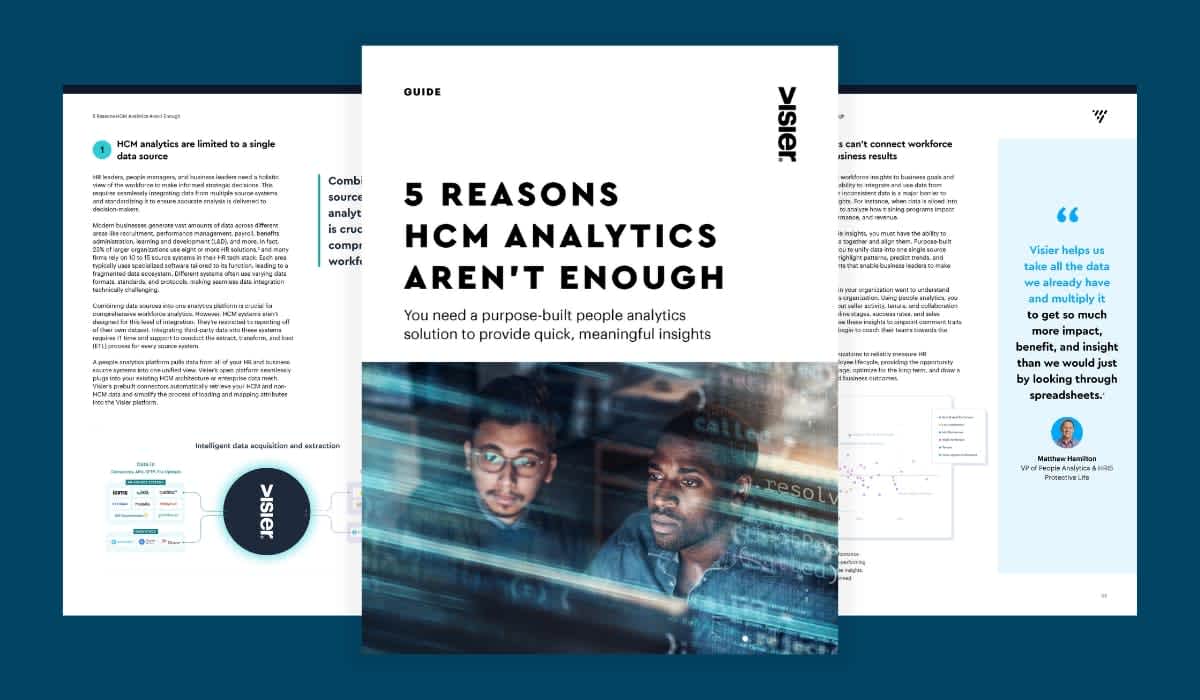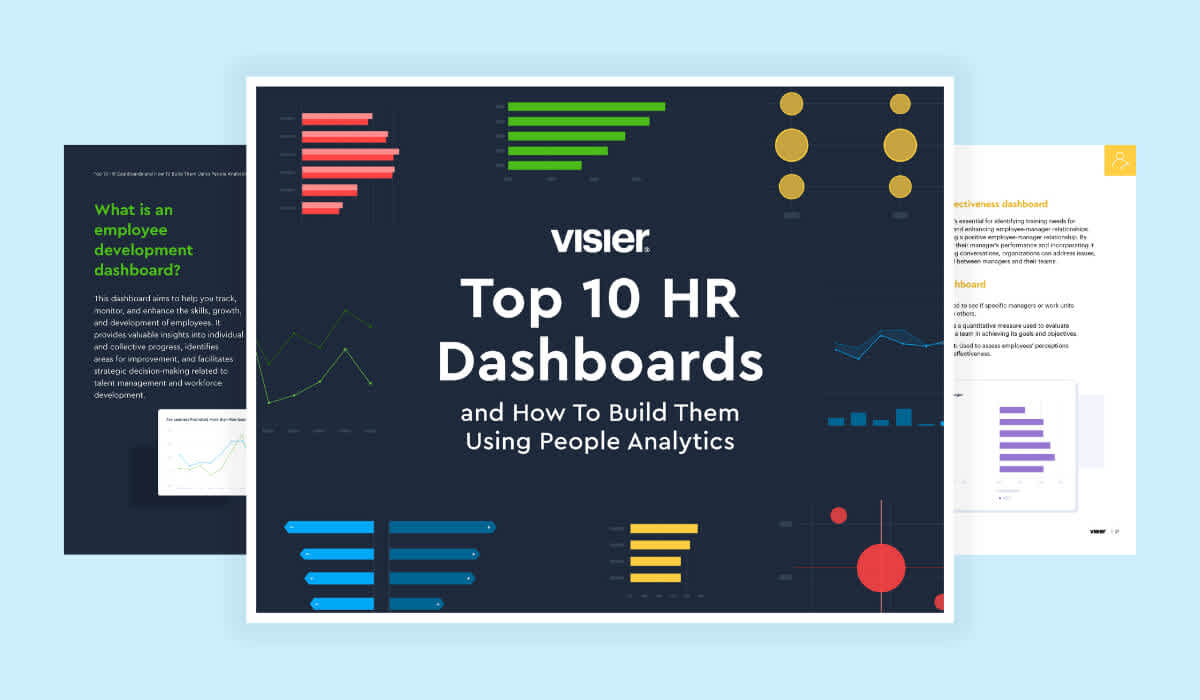How People Analytics Supports Your HCM Rollout Strategy
In this Outsmart panel, people analytics practitioners from the LEGO Group and Unilever discuss why Visier pairs well with Workday.

A truly modern people-focused organization has the best of two worlds: the capacity to manage HR transactions with an HCM solution, and the capacity to answer more complex, strategic questions with a people analytics solution.
But when deciding which of the two should be implemented first, many leaders end up engaging in a cart-before-the-horse debate.
This was a central theme in the Outsmart session, Visier & Workday: Building a Comprehensive People Strategy with Multi-Touch Solutions. In this session, Visier’s Steve Holder engaged in a lively discussion with Melissa Kantor from The LEGO Group and Nicky Clement from Unilever.
The panelists came from organizations that had brought in Visier people analytics before or during their Workday HCM implementation. The general consensus? The solutions are complementary, but there are many advantages to implementing people analytics first.

Here are three key takeaways from the discussion:
1. Use the right tool for the right job
The panelists emphasized that operational reporting and strategic people decisions are two different purposes that are served by different tools. Melissa (who is LEGO Group’s Vice President of People Analytics and Insights) explained that the analytics in Workday will provide her team with basic HR reporting, while Visier will support more sophisticated trending and forecasting analysis.
“I think it’s good to keep in mind that you can talk about your system of record, your core HR system, the one that runs your processes, and that’s completely separate. It should be a separate discussion from the insights you need to get from your people data,” explained Melissa, who started off her career in IT before moving into the realm of HR.
Workforce management is a spectrum of activity. BI tools aren’t a game changer on their own—they're helpful for specific use cases, but in the end, provide incremental improvements in terms of data visualizations. With a people analytics platform, organizations can address business strategy, costs, and human capital outcomes all in the same visualization.

2. Visier supports your Workday rollout
Melissa’s shared that the people analytics platform helped them understand and highlight where they have some data gaps or data quality issues that they needed to address before they embarked on the Workday implementation.
“[This] really set us up for success during the Workday implementation, and at the same time realize the strong benefits from the data we already had by leveraging the tools in Visier. And for us that was a great solution,” she said.
3. Use the power of exploratory analysis
As Melissa explained, her organization does two types of analysis: exploratory and hypothesis-based. With a hypothesis-based approach, there is a specific question in mind, but exploratory analysis is about looking at the data to see if any unusual trends emerge.
Before Visier, a lot of her organization’s people partners didn’t have a way of doing exploratory analysis. But now they can go in and do this with areas such as attrition or promotion. This kind of exploration is key: “Then you can ask if it is a good thing or not a good thing, and then it’s easy for business partners and leaders to absorb it and take it to the next level of maturity in terms of the ‘so what?’ factor,” said Melissa.
Navigating the HR tech landscape
The average HR tech landscape has about 10 systems and there is a role for people analytics within that ecosystem. Whereas analytics leaders used to have to educate their senior leaders about people analytics, the market has matured to a point where this is no longer necessary. And when deciding which piece of the HR modernization puzzle to put in place first, people analytics is a great place to start.

Better together: HCM systems and people analytics
Learn why HCM analytics and basic reports alone aren't enough, and how you can use people analytics to deliver deeper HR insights.
Businesses rely on analytics to make sound decisions, but the difference between reports and analytics can be confusing. Learn the differentiators between reports and analytics.
Discover how analytics are produced and why transactional solutions can only support reports. This is an introduction to people analytics technology.
Predictive HR analytics let you make predictions and forecasts about future performance based on historical HR data. Learn more here.


